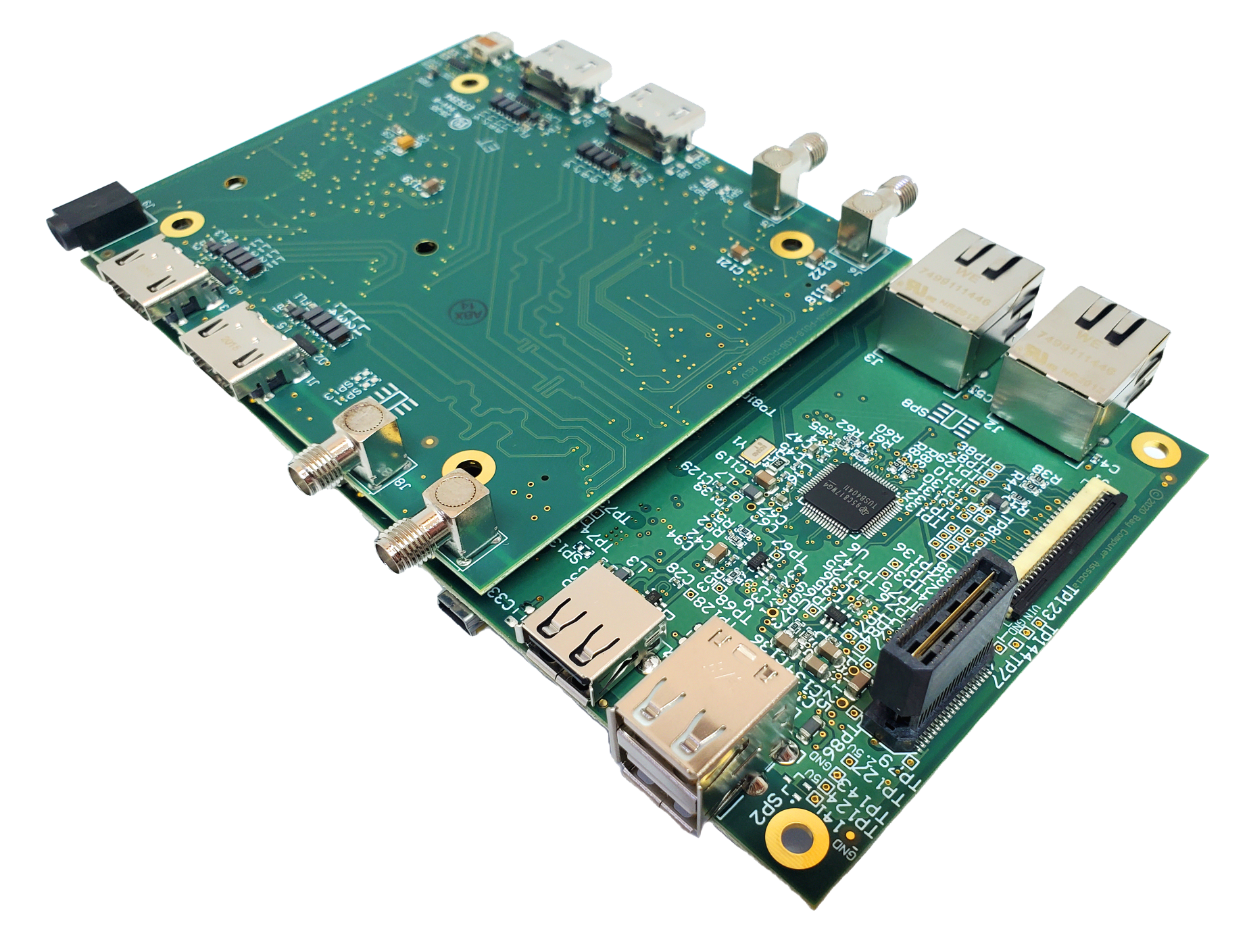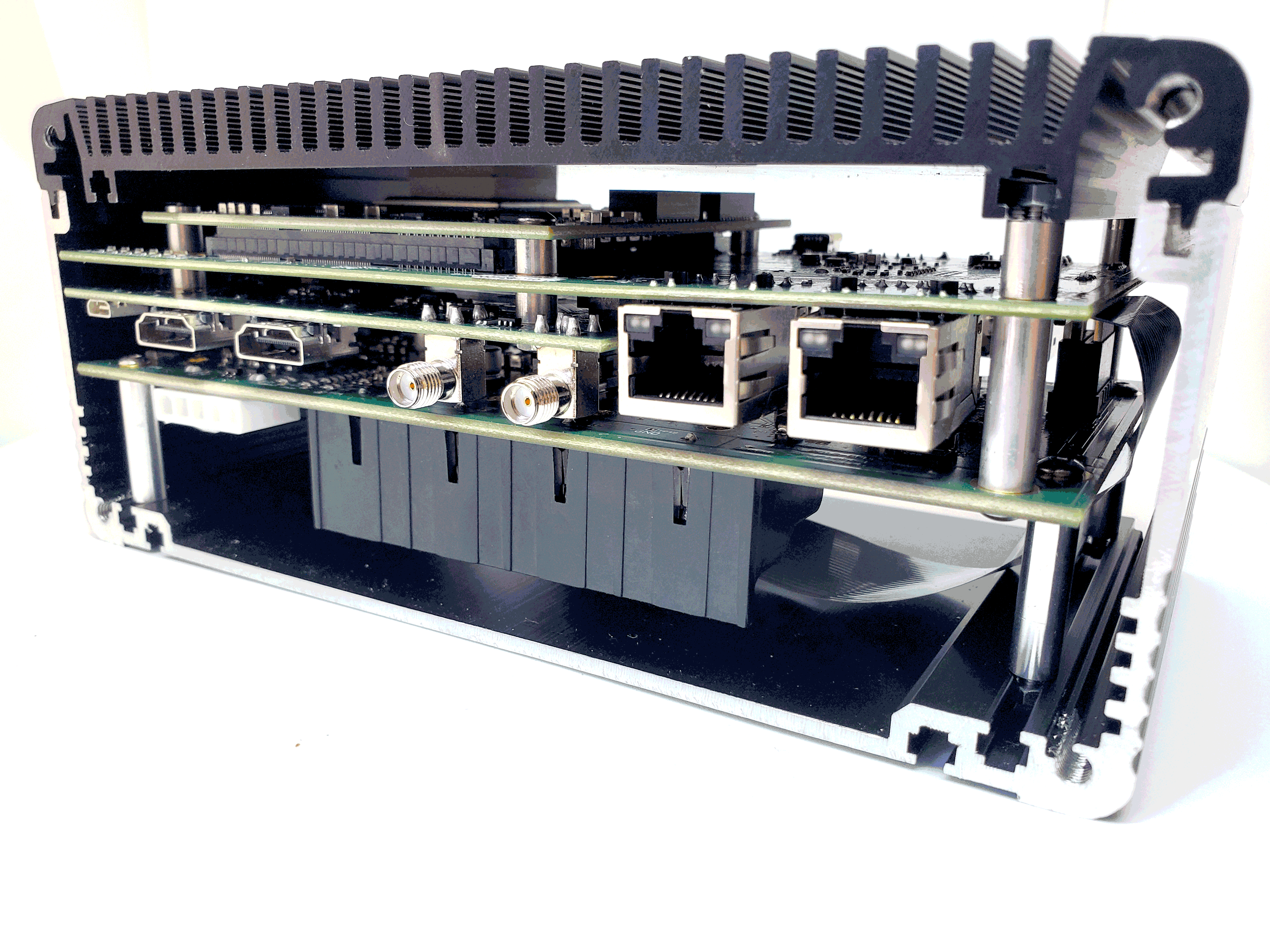
By Dave Durfee, Chief Scientist
University Neural Research Center
Developing a portable, high-performance digital signal processing system for real-time neural data, reducing a stationary rack of computers to a compact, wheelchair-mountable device.
The client, a Neural Research Center at a leading university, sought to miniaturize their stationary signal processing system to enable greater mobility for their research. The new system needed to:
Fit onto the back of a wheelchair for portability.
Maintain the high processing capabilities of the existing system.
Be designed as a refined, marketable product for broader applications.
The project was in its early research phase when Impact ES–Rhode Island (formerly Bay Computer Associates) was brought on board to transition the concept into a mature, compact design that met the center’s stringent requirements.
Impact ES–Rhode Island leveraged the Xilinx Zynq chipset to develop a compact and powerful processing unit that could handle the real-time neural data processing needs.
Chipset Selection: The Xilinx Zynq chipset, with its dual-core processor and integrated FPGA (Field Programmable Gate Array), provided the required processing power in a compact form factor.
Custom PCB Design: To achieve the required size reduction, Impact ES–Rhode Island designed custom PCBs integrated into a heatsinking enclosure that met the university’s size and performance specifications.

Linux-Based Framework: The system’s processor ran a customized Linux image based on the Petalinux distribution.
FPGA Integration: The FPGA hardware was programmed using a Vivado project, enabling real-time signal processing and decoding algorithms.
Seamless Coordination: The project’s complexity lies in integrating the FPGA’s hardware tasks with the processor’s software. Using Vivado and the Petalinux bitbake build system, Impact ES–Rhode Island produced a final image that allowed the two systems to work together seamlessly.
The hardware description was managed through a Vivado Project using Hardware Description Language (HDL).
The FPGA’s ability to handle high-speed processing and transfer massive data volumes to the processor via its internal AXI bus ensured efficiency.
Impact ES–Rhode Island’s proprietary workflow streamlined FPGA development and processor coding, overcoming the challenges of coordinating these complex components.
The final design met all the client’s requirements and positioned the Neural Research Center closer to having a marketable product. Key results included:
Portability: The system was successfully miniaturized to fit onto the back of a wheelchair, enabling real-time neural data processing on the move.
High Performance: The design maintained the high processing demand of the stationary system in its compact form factor.
Refined Design: Impact ES–Rhode Island’s enhancements brought the project to a mature design phase, ready for potential commercialization.

Impact ES–Rhode Island’s expertise in FPGA and processor integration enabled the development of a powerful, portable solution for neural data processing.
The flexibility of the Xilinx Zynq chipset allowed for efficient tasking of high-speed data processing and seamless data transfer.
Impact ES–Rhode Island’s streamlined workflow ensured a cohesive, efficient design process, overcoming the complexities of integrating multiple hardware and software components.
This case study highlights Impact ES–Rhode Island’s ability to tackle intricate hardware and software challenges, delivering innovative solutions tailored to the needs of cutting-edge research and development.